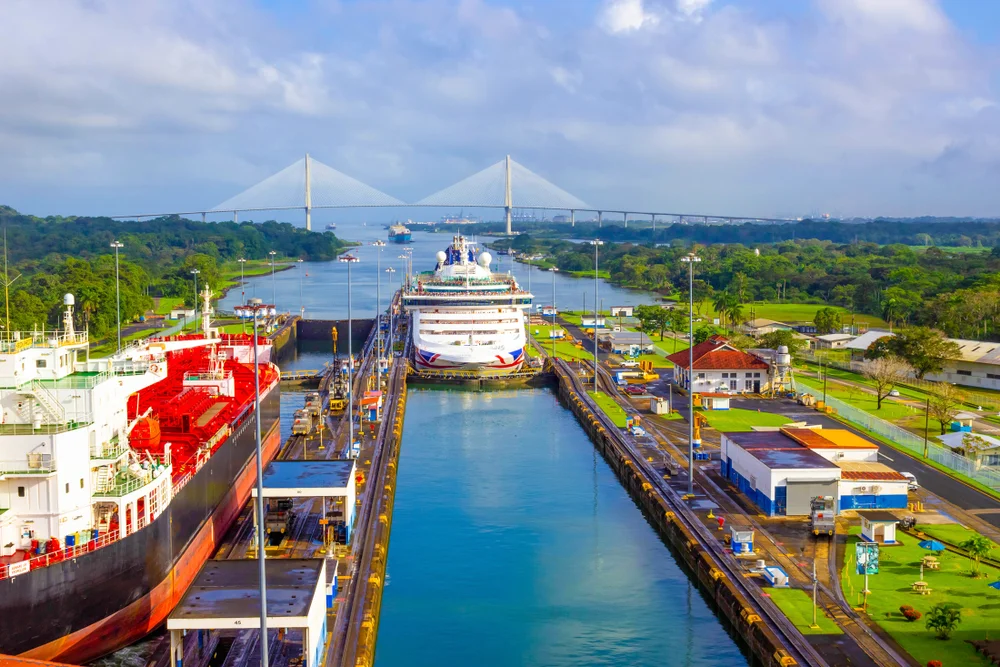New restrictions on crossing Panama Canal
The Panama Canal Authority (ACP) has imposed further restrictions on vessel transits as a result of the country’s driest October in 73 years, reports World Cargo News. Since April, the ACP has been forced to cut the navigable draught in the canal and the number of daily transits because of the region’s drought and to ensure the safe passage of its customers’ ships.
This latest move by the ACP will result in shipowners/operators facing further delays and disruptions to their services and increases in their operating costs. While only a few container shipping lines have altered their services scheduled via the Panama Canal up to now, this is likely to change. Ports on the US west coast and ships deployed in Asia to US east coast service via the Suez Canal will both benefit.
The ACP said that there had been 41% less rainfall than usual, adding: “The canal and the country face the challenge of the upcoming dry season with a minimum water reserve that must guarantee supply for more than 50% of the population and, at the same time, maintain the operations of the interoceanic waterway. Based on the rainfall projections for the following weeks, which as of today is expected to be 38% less for the rest of the year, the ACP finds it necessary to further reduce the daily transit capacity to postpone the need for additional draft reductions below the current 13.41m.”
The revised reservation programme, which is effective from 3 November, will limit daily transits. Between 3 November and 6 November, 25 vessels will be allowed to transit every day with this falling to 24 ships a day until the end of the month. Then, in December only 22 transits will be allowed each day, falling to 20 in January and only 18 in February.



